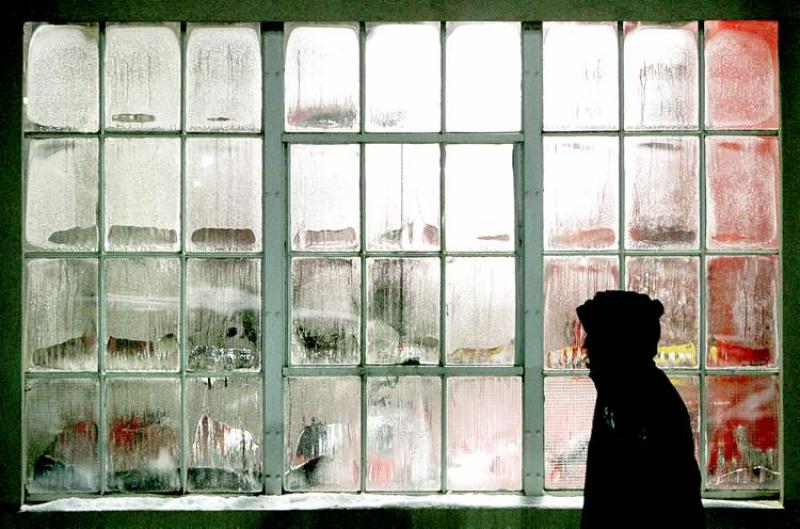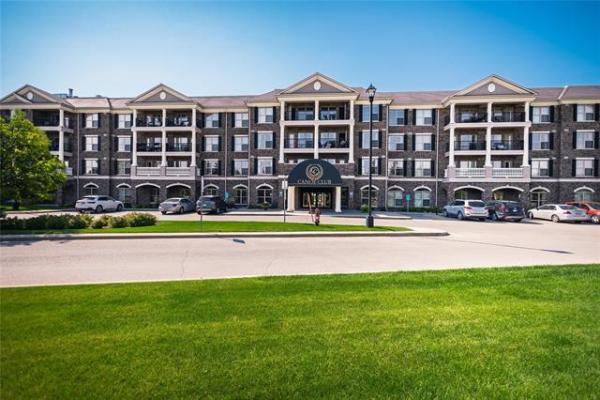QUESTION: Two years ago, the seal in our bedroom window went and we had both sides replaced. They did not replace the whole window, just the glass. This winter, when it was around -40 C, our window started to frost up. We also had an infrared scan done on the house, (picture of the bedroom window attached). I called the people who installed the window and they took about six weeks to come out because he kept saying it was condensation. I finally convinced him to come, he still said it was condensation and also that work we had done on the outside of the house caused this problem.
We had stripped our house down to the studs and then had foam insulation sprayed in, then recovered and stuccoed. The work done on the outside had nothing to do with the window because the ice is coming from around the window, not the window frame.
I would like your opinion. The window company does not seem willing to replace the window. On its invoice it says there is a 10-year warranty on sealed glass. The company maintains the seal isn't causing all that ice. I can't see what else it could be.
Thank you in advance. Gerry and Doug Bennett
ANSWER: Condensation on the interior of windows, even newer sealed units, is common in winter. There may be different factors affecting this, but it rarely is caused by the sealed glass units, themselves. The interior and exterior environments in your home are more to blame -- and you only have control over one of those.
There's a possibility there was error in the measurements or installation of the newly installed sealed units in your home, but that is unlikely. Unless they measured the glass much smaller than the actual size, or left loose or unsealed window stops, it is doubtful there would be increased cold air intrusion around the new glazing. Since the window frames or sashes themselves were not altered, there should be little difference between before and after the repair.
Unless the sealed units were changed from triple pane to dual, there should be little to distinguish between these except clarity of the glass. If anything, thermal performance should be improved with the newer units as they often have Argon gas between the panes that help boost these properties.
I don't often agree with contractors when they blame homeowners, or their actions, for problems that occur after renovations, but this time it may be true. While it may seem you have done mainly cosmetic repairs to the outside walls of your home, the opposite is true. By replacing the insulation and siding on your home, you have considerably tightened up the building envelope, minimizing air movement through the exterior walls. While this makes the inside surface of the walls warmer in the heating season, it also should prevent a significant amount of warm air from leaking to the exterior. Along with this previous exfiltration of warm air was a fair amount of dissolved water vapour, which would dry out the air inside the home, lowering the relative humidity (RH). Now that these air leaks have been plugged, this moisture will remain inside the home, driving up the RH, unless it can escape by other methods.
A rise in RH will increase the chance of condensation when this air hits a cold enough surface. The more moisture dissolved in the house air, the higher the chance this will occur. The surface of the window, particularly near the corners, may be the coldest point in the exterior walls of the home, so that's where condensation will occur. The fact you only see frost when the outside temperatures hit extreme lows adds weight to this explanation. Since your exterior walls are now warmer than they used to be, any minor surface condensation that used to occur will now be eliminated. That only serves to further increase the amount of condensation that can occur on the cold window glass.
To minimize this, pay attention to a few details inside your home. Initially, you should attempt to reduce the RH inside your home. This can be done by more frequent and longer use of kitchen and bathroom exhaust fans and discontinuance of any artificial humidification. The next simple chore is to set your furnace fan to run at a continuously low speed. This will increase air movement across the surface of the window, which will help dry any condensation. Any other items that may be blocking air movement near the windows should also be removed, such as large furniture. Ensure that heat registers, often installed in the floor near windows, are not blocked and have warm air directed toward the windows. Finally, leave any curtains or blinds open, particularly at night, as they can trap warm air against the windows ensuring condensation when the outside temperature drops.
While it is seldom discussed when thermal improvements are made to homes, increased indoor RH can be an undesired consequence of these upgrades. It may seem odd that condensation on windows increases when they are replaced, but that is common. The key is taking increased measures to reduce the RH in the home, combined with better air movement, to prevent the problems you are experiencing.
Ari Marantz is the owner of Trained Eye Home Inspection Ltd. and the president of the Canadian Association of Home & Property Inspectors - Manitoba (www.cahpi.mb.ca). Questions can be emailed to the address below. Ari can be reached at (204) 291-5358 or check out his website at www.trainedeye.ca.
trainedeye@iname.com




